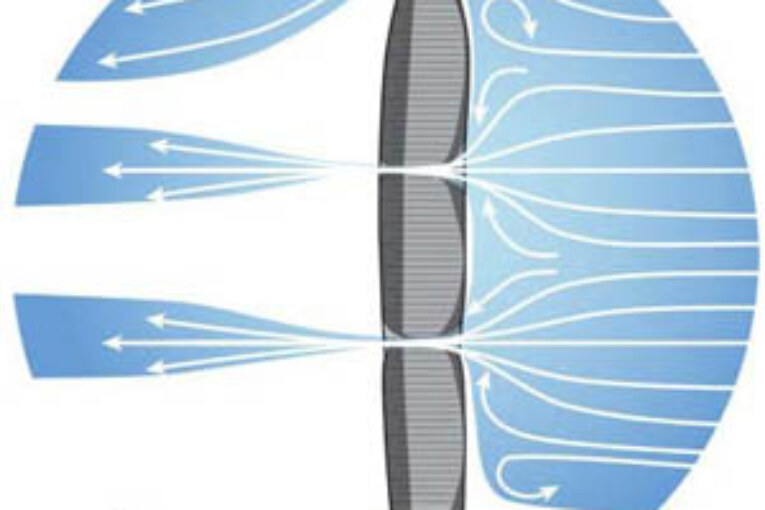
Introduction
- Wind is essentially the large scale horizontal movement of free air. It plays an important role in design of tall structures because it exerts loads on Building.
- High rise building- A building having height more than 15m As per national building code 2005 of India is called High Rise building.
What is wind?
Wind means the motion of air in the atmosphere. That response of structures to wind depends on the characteristics of the wind.
Causes of wind
Wind is caused by sir flowing from high pressure to low pressure. Since the earth is rotating, however, the air does not flow directly from high to low pressure, but it is deflected to the right (in the Northern Hemisphere; to the left in the southern hemisphere), so that the wind flows mostly around the high and low pressure areas.
How wind force governing for tall structure
With increases height of building
- Construction cost per unit area decrease.
- Increasing lightness in weight per unit area.
- More danger against high velocity of wind force at high level.
Wind effects on structures
Wind effects on structures can be classified as ‘Static’ and ‘Dynamic’.
Static- Static wind effect primarily causes elastic bending and twisting of structure.
Dynamic- For tall, long span and slender structures a ‘dynamic analysis’ of the structure is essential. Wind gusts cause fluctuating forces on the structure which induce large dynamic motions, including oscillations.
Design wind speed
Vz= Vb.K1.K2.K3
Vz= Design wind speed at any height z in m/s.
K1= Probability factor (K1=1.06 for important buildings of life 100 years).
K2= Terrain, height and structure size factor (varies for height).
K3= Topography factor.
Wind load calculation
F= Ae.Pd.Cf
F= Wind load
Cf= Force coefficient
Pd= Design wind pressure
A= Effective frontal area obstructing wind, which is identified for each structure.
Note
In the static analysis of the RCC building the comparison has been made in two cases in first case without considering the wind load in second case. Results from SAP2000 shown that the bending moment and shear force increase due to wind load hence wind load governing factor for design of high rise building.


